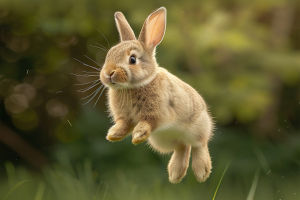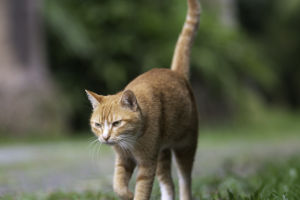San Marino, one of the world’s smallest countries, is nestled within the Italian Peninsula.
Despite its small size, this landlocked micro-state has an intriguing story and a wealth of surprises.
Let’s take closer into the unique aspects of this hidden gem!
A Long History of Independence
San Marino holds the distinction of being one of the world's oldest republics. Its foundation dates back to A.D. 301, when a stonemason named Marinus established a small community on Mount Titano. This uninterrupted tradition of independence has allowed San Marino to flourish for centuries while maintaining its distinct political identity.
The country prides itself on its democratic system, which is based on the “Reggenza,” a council of two captains-regent, elected every six months. This approach, unusual even among modern states, is a reflection of the Sammarinese commitment to their unique form of government.
San Marino's Stunning Landscapes and Architecture
Despite its compact size of just 61 square kilometers, San Marino is home to breathtaking landscapes. Towering mountains and medieval fortresses provide an impressive backdrop to the country’s beautiful scenery. The Three Towers of San Marino, which sit atop Mount Titano, are an iconic symbol of the country. These historic towers—Guaita, Cesta, and Montale are not only stunning but also offer panoramic views of the surrounding countryside.
The country's urban areas are an architectural delight, with narrow cobblestone streets and charming buildings that echo the past. One of the standout landmarks is the Basilica di San Marino, a lovely neoclassical structure that embodies the country’s reverence for history and its people.
San Marino's Economy: A Unique Approach
San Marino’s economy is closely tied to its tourism industry, benefiting from visitors eager to explore its rich heritage. However, the country also has a robust economy based on finance, ceramics, textiles, and electronics. The country’s low tax rates have attracted many international companies, making it an attractive location for business. San Marino's economy continues to modernize while preserving its unique traditions and cultural identity.
One of the most fascinating aspects of the country's economy is its currency: although the euro is used, San Marino issues its own coins, which are highly prized by collectors. These coins feature national symbols and often bear the likenesses of the country's historical figures.
Culture and Traditions
San Marino may be small, but its cultural heritage is deep. The Sammarinese people are known for their warmth and hospitality, often sharing their rich traditions with visitors. One example is the “Festa di San Marino,” a celebration that takes place in September to the country’s patron saint. This festival observances with lively processions, music, and dancing.
The cuisine of San Marino is also influenced by Italy, with dishes like "torta di Tre Monti," a layered chocolate dessert, and “baccala alla sanmarinese,” a traditional salted cod dish, offering a taste of the country’s culinary identity.
Modern-Day San Marino: A Political and Social Snapshot
Today, San Marino is a peaceful, democratic country that values its neutrality. It maintains excellent relations with Italy and other European nations. With a population of just over 30,000, it is one of the least populous countries in the world. However, despite its size, San Marino plays a significant role in preserving cultural heritage and sustaining a progressive society.
For travelers seeking an off-the-beaten-path destination, San Marino offers a rare opportunity to explore a country with a rich history, stunning landscapes, and a welcoming culture. Its unique blend of old-world charm and modern-day living makes it a must-see for those interested in history, politics, and cultural exploration. Whether you're wandering the ancient streets, admiring its towers, or enjoying the local cuisine, San Marino promises to leave an unforgettable impression!
San Marino Vacation Travel Guide
Video by Expedia


